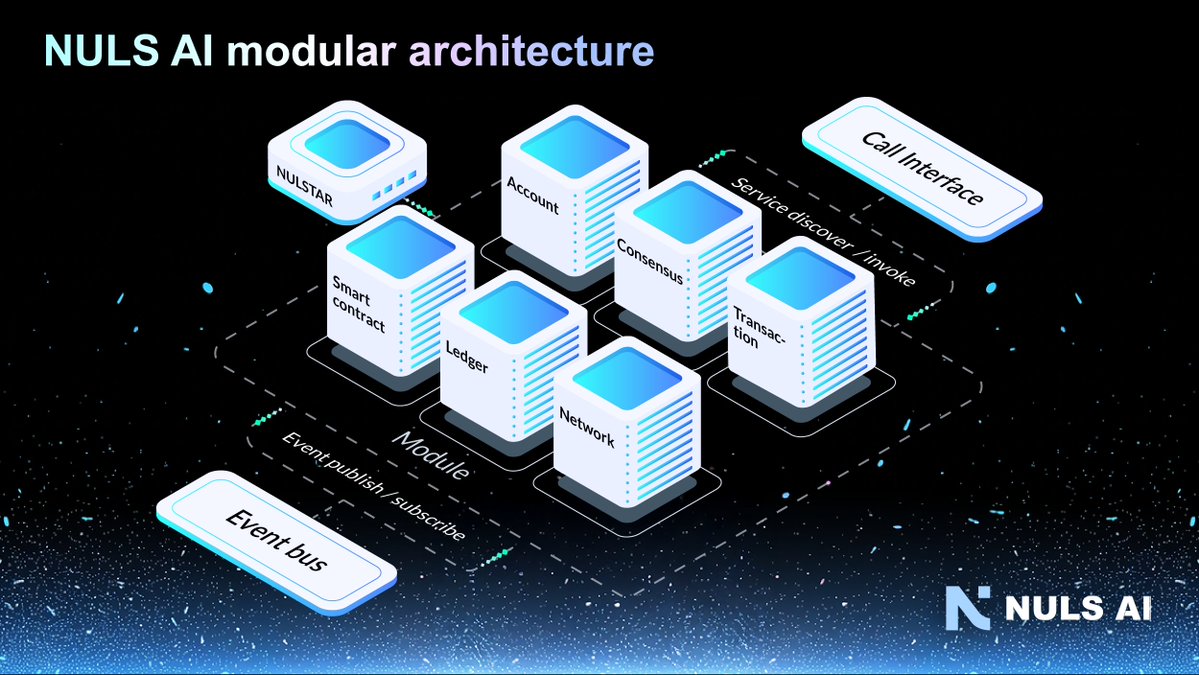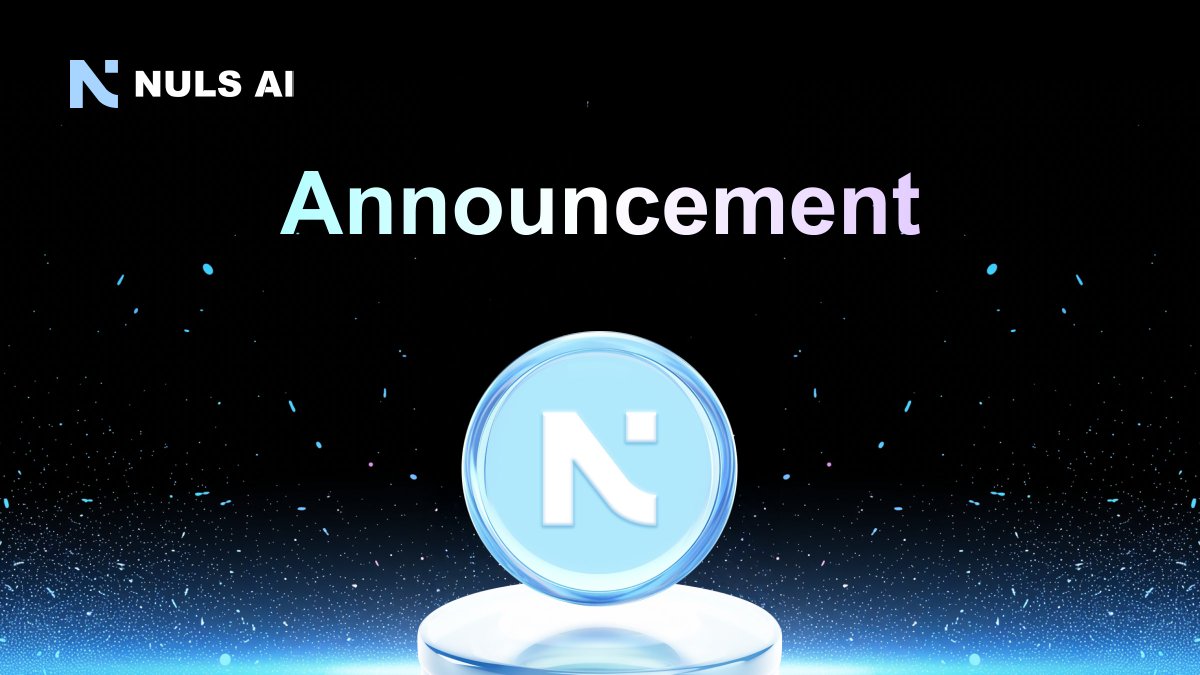
Prezzo di NULS

Disclaimer
OKX non fornisce raccomandazioni su investimenti o asset. Devi considerare attentamente se il trading o l'holding di asset digitali è adatto a te alla luce della tua condizione finanziaria. Consulta un professionista legale/fiscale/finanziario per domande sulla tua specifica situazione. Per ulteriori dettagli, fai riferimento ai nostri Termini di utilizzo e all'Avviso di rischio. Utilizzando il sito web di terze parti ("TPW"), accetti che qualsiasi utilizzo del TPW sarà soggetto alle condizioni del TPW e disciplinato dalle stesse. Se non espressamente dichiarato per iscritto, OKX e i suoi affiliati ("OKX") non sono associati in alcun modo al proprietario o all'operatore del TPW. Accetti che OKX non è responsabile di eventuali perdite, danni e qualsiasi altra conseguenza derivanti dall'utilizzo del TPW. Tieni presente che l'uso di un TPW potrebbe comportare una perdita o una diminuzione dei tuoi asset. Il prodotto potrebbe non essere disponibile in tutte le giurisdizioni.
Informazioni sul mercato di NULS
Capitalizzazione di mercato = Offerta circolante x Ultimo prezzo

Feed di NULS






Calcolatore NULS


Il prezzo oggi dei NULS in USD
Conversioni di NULS popolari
| 1 NULS in USD | 0,055600 $ |
| 1 NULS in EUR | 0,048907 € |
| 1 NULS in PHP | 3,1050 ₱ |
| 1 NULS in IDR | 923,59 Rp |
| 1 NULS in GBP | 0,041732 £ |
| 1 NULS in CAD | 0,076956 $ |
| 1 NULS in AED | 0,20422 AED |
| 1 NULS in VND | 1.446,03 ₫ |
Informazioni su NULS (NULS)
- Sito web ufficiale
- White paper
- Github
- Block explorer
Domande frequenti relative al prezzo di NULS
Nuls (NULS) è una piattaforma blockchain open-source che fornisce agli sviluppatori un'infrastruttura modulare per la creazione di applicazioni decentralizzate (DApp) personalizzate. Il design modulare della piattaforma aumenta la flessibilità e semplifica l'adozione della tecnologia blockchain, consentendo agli sviluppatori di concentrarsi sulla creazione di applicazioni innovative senza dover partire da zero.
I token NULS offrono diversi vantaggi all'interno dell'ecosistema NULS. Essendo il carburante che alimenta la rete, forniscono l'accesso a un'ampia gamma di funzionalità e servizi della piattaforma. Mettendo in staking i token NULS, i titolari possono ottenere un reddito passivo e allo stesso tempo contribuire attivamente alla sicurezza e alla stabilità della rete. Inoltre, i token NULS hanno un'utilità all'interno dell'ecosistema, consentendo ai titolari di partecipare alle votazioni, ai meccanismi di consenso e all'accesso a soluzioni blockchain innovative.
Acquista facilmente token NULS sulla piattaforma di criptovalute OKX. Le coppie di trading disponibili nel terminale di trading di spot di OKX includonoNULS/USDT.
Esegui lo swap delle criptovalute esistenti, tra cuiBitcoin (BTC),Ethereum (ETH),Tether (USDT), eUSD Coin (USDC), per NULS senza commissioni e senza slippage di prezzoConverti di OKX.
Informativa ESG
Calcolatore NULS


Disclaimer
OKX non fornisce raccomandazioni su investimenti o asset. Devi considerare attentamente se il trading o l'holding di asset digitali è adatto a te alla luce della tua condizione finanziaria. Consulta un professionista legale/fiscale/finanziario per domande sulla tua specifica situazione. Per ulteriori dettagli, fai riferimento ai nostri Termini di utilizzo e all'Avviso di rischio. Utilizzando il sito web di terze parti ("TPW"), accetti che qualsiasi utilizzo del TPW sarà soggetto alle condizioni del TPW e disciplinato dalle stesse. Se non espressamente dichiarato per iscritto, OKX e i suoi affiliati ("OKX") non sono associati in alcun modo al proprietario o all'operatore del TPW. Accetti che OKX non è responsabile di eventuali perdite, danni e qualsiasi altra conseguenza derivanti dall'utilizzo del TPW. Tieni presente che l'uso di un TPW potrebbe comportare una perdita o una diminuzione dei tuoi asset. Il prodotto potrebbe non essere disponibile in tutte le giurisdizioni.













Social